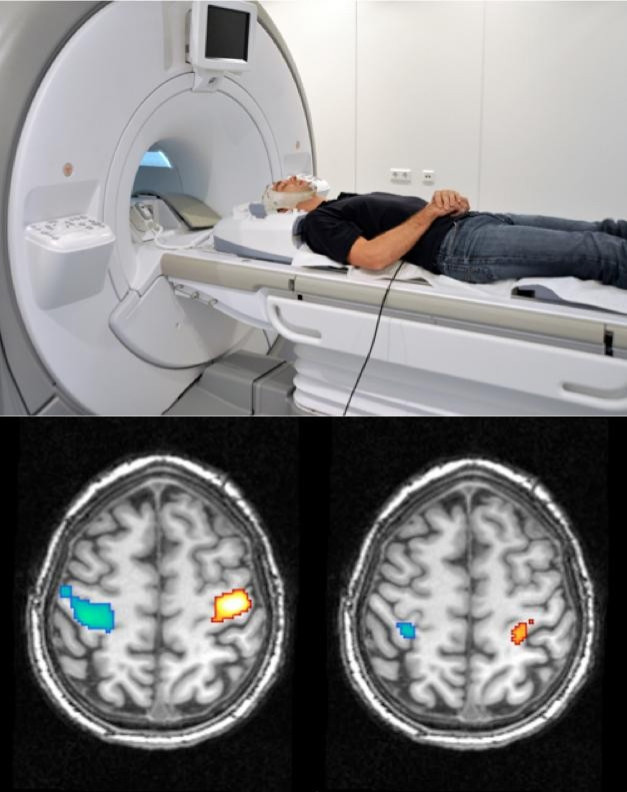Scientists Map and Measure Dreams for the First Time

Dream a little dream, as scientists unravel the mysteries behind our dreams. Although fascinating, the images and emotions that we experience in our dreams have always been shrouded in mystery.
In a first-time attempt, scientists from the Max Planck Institute of Psychiatry and Charité Hospital in Germany analyzed brain activity as part of mapping dream sequences. The researchers believe brain scanners can now read deep into your dreams.
The research, published in the journal Current Biology, aims at making people become aware of their dream state by enabling them to alter the content of their dreams.
The new study overcomes the limitations of previous technological methods of functional magnetic resonance imaging that merely enabled scientists to visualize and identify the precise spatial location of brain activity during sleep but without any scope for measuring or mapping brain activity during dream runs.
The new research has enabled scientists to analyse specific brain activity associated with dream content, as measured brain activity that can be traced back to a specific dream if the precise temporal coincidence of the dream content and measurement is known.
Whether a person is dreaming is something that could only be reported by the individual himself. The scientists measured that the brain activity during the dreamed-about motion matched the one observed during a real executed movement in a state of wakefulness.
Scientists from the Max Planck Institute of Psychiatry in Munich, the Charité hospital in Berlin and the Max Planck Institute for Human Cognitive and Brain Sciences in Leipzig studied dream patterns of lucid dreamers asked to dream consciously for their research.
Lucid dreamers were asked to become aware of their dream, while sleeping in a magnetic resonance scanner, and to report this lucid state to the researchers by means of eye movements. The lucid dreamers became aware of their dreaming state and were able to alter the content of their dreams.
They were asked to voluntarily dream that they were repeatedly clenching first their right fist and then their left one for 10 seconds.
The brain activity measured from this time onwards corresponded with the arranged dream involving fist clenching.
Researchers have noted that a region in the sensorimotor cortex of the brain, responsible for the execution of movements, was actually activated during the dream.
This is directly comparable with the brain activity that arises when the hand is moved while the person is awake. Even if the lucid dreamer just imagines the hand movement while awake, the sensorimotor cortex reacts in a similar way.
The researchers were able to confirm the data obtained using magnetic resonance imaging in another subject using a different technology. With the help of near-infrared spectroscopy, they also observed increased activity in a region of the brain that plays an important role in the planning of movements.
Our dreams are therefore not a 'sleep cinema' in which we merely observe an event passively, but involve activity in the regions of the brain that are relevant to the dream content, said Michael Czisch, lead researcher at the Max Planck Institute for Psychiatry.
The coincidence of the brain activity measured during dreaming and the conscious action shows that dream content can be measured.
With this combination of sleep EEGs, imaging methods and lucid dreamers, we can measure not only simple movements during sleep but also the activity patterns in the brain during visual dream perceptions, said Martin Dresler, researcher at the institute.
Scientists measured the entry into REM sleep, the phase in which dreams are perceived particularly intensively with the help of the subject's EEG so as to detect the beginning of a lucid phase.
© Copyright IBTimes 2024. All rights reserved.




















